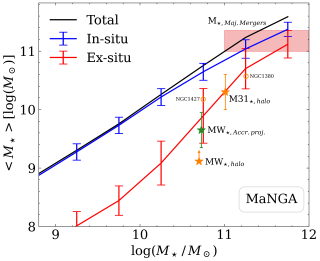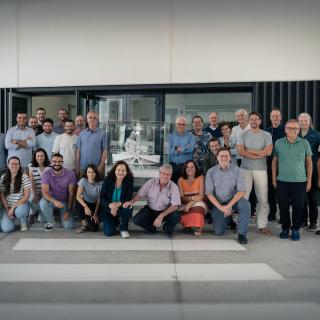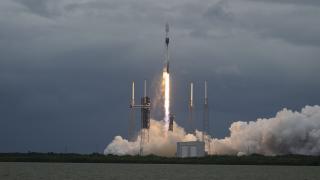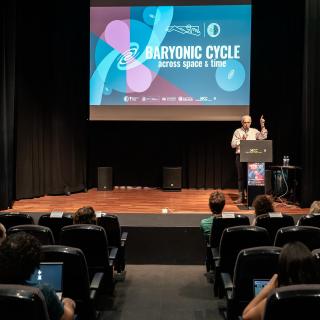
The hierarchical model of galaxy evolution suggests that mergers have a substantial impact on the intricate processes that drive stellar assembly within a galaxy. However, accurately measuring the contribution of accretion to a galaxy's total stellar mass and its balance with in situ star formation poses a persistent challenge, as it is neither directly observable nor easily inferred from observational properties. Using data from MaNGA, we present theory-motivated predictions for the fraction of stellar mass originating from mergers in a statistically significant sample of nearby galaxies
Advertised on




